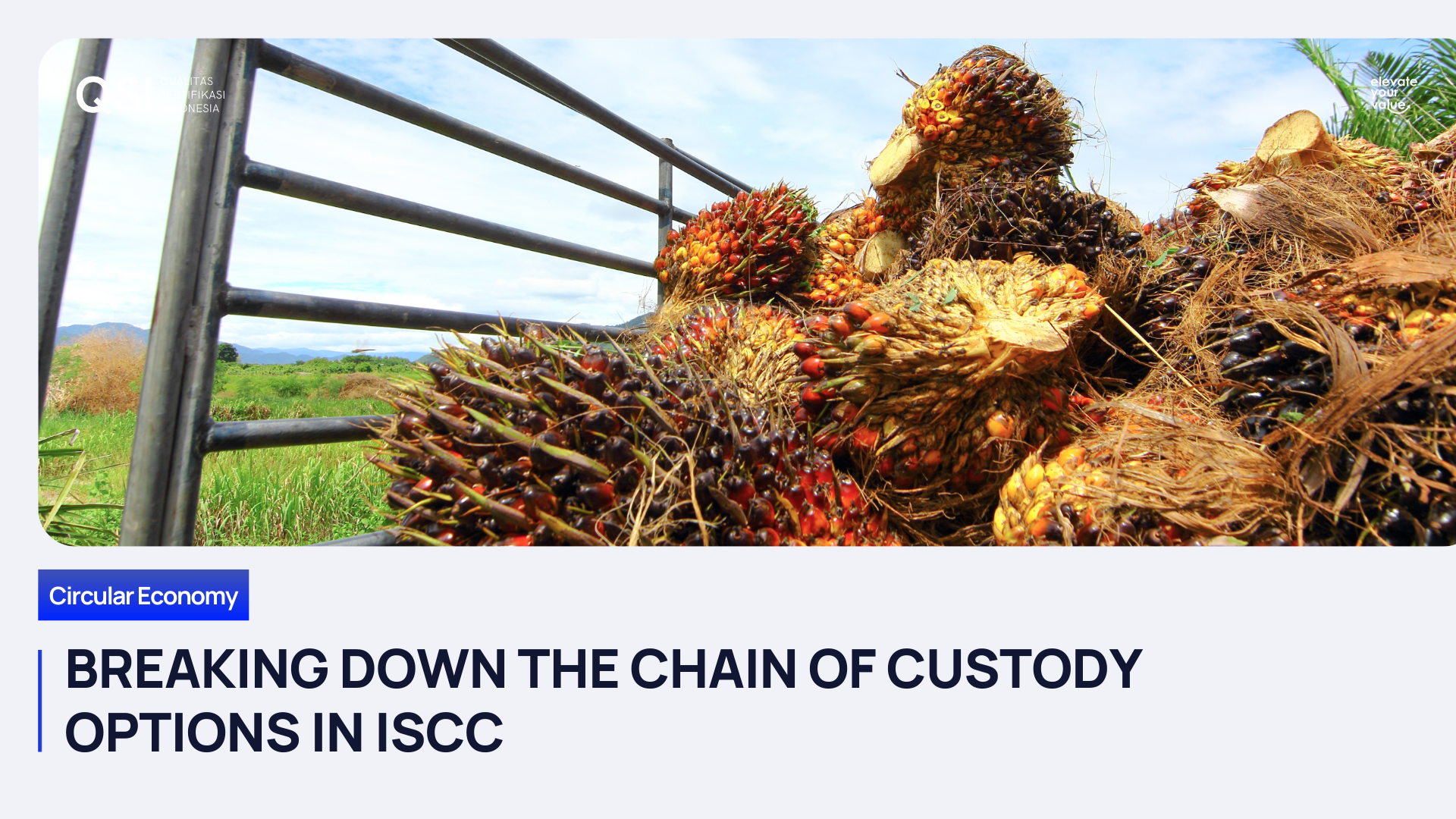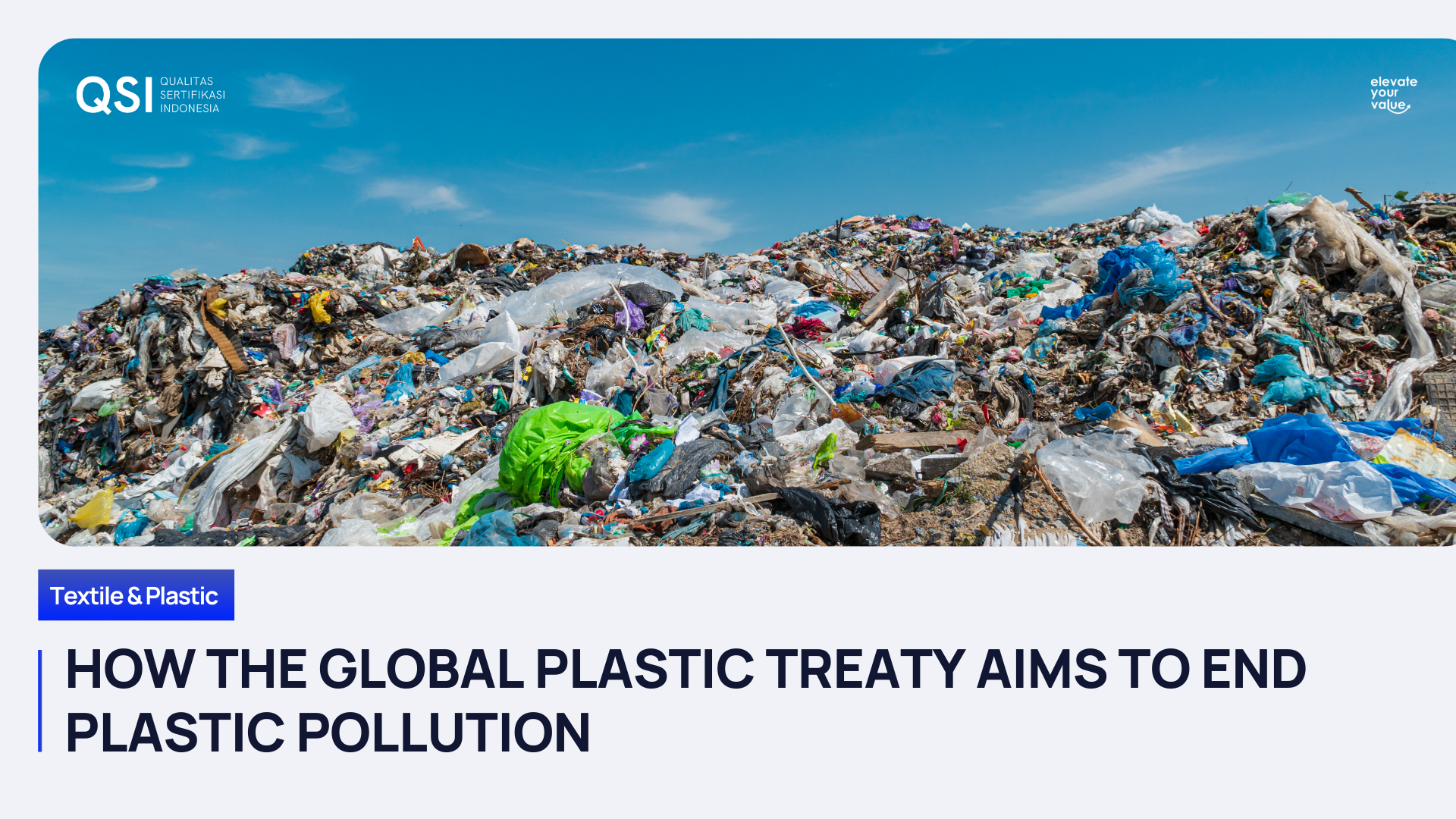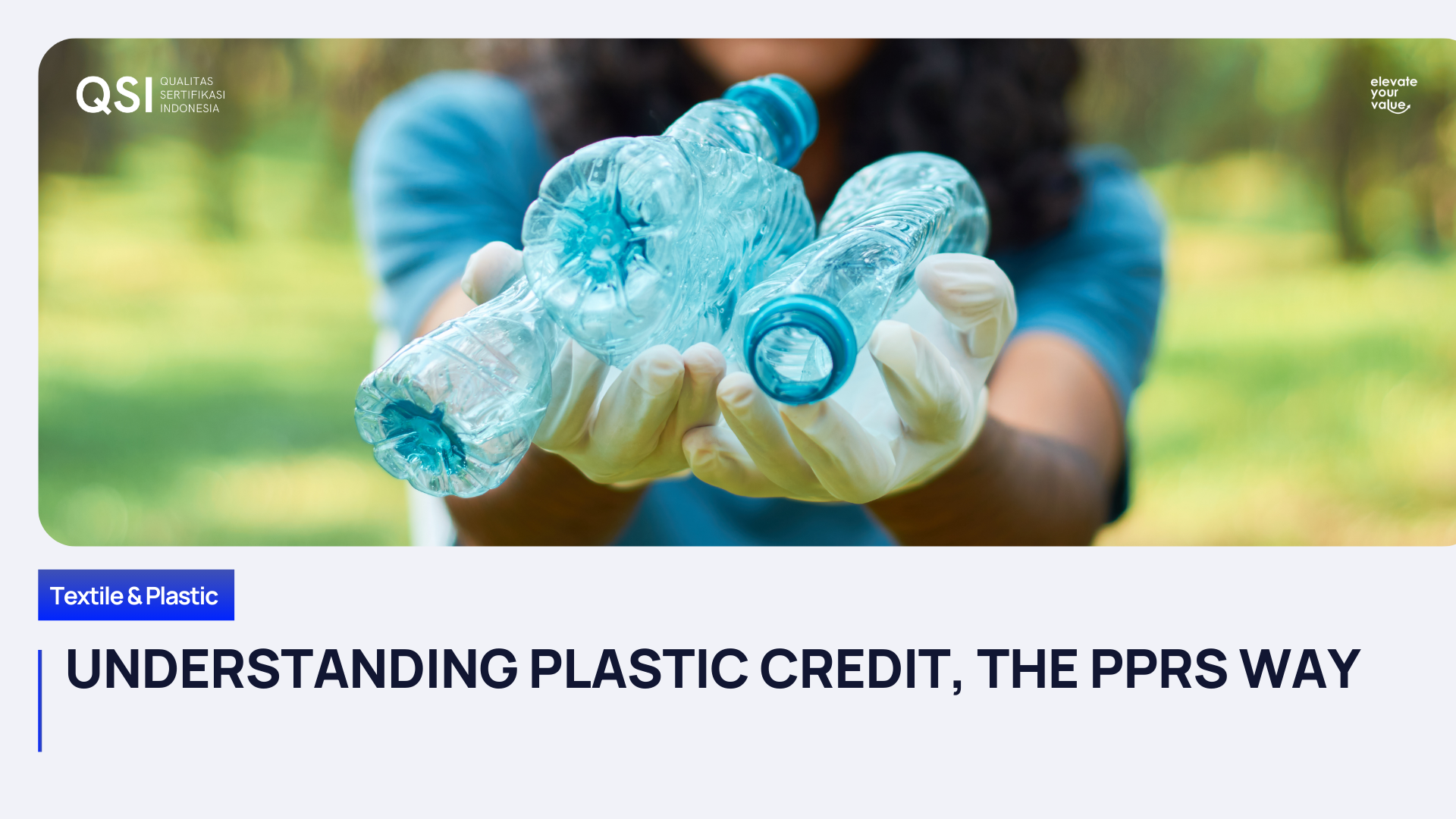ISCC Japan FIT: Helping Renewable Energy Products Break into the Japanese Market
Hey there, Qualizer! Do you know how crucial certification is for your products? Well, it's a big deal, especially when it comes to making sure they meet the necessary quality standards for a country or region to accept them.
The same idea applies to ISCC Japan FIT. ISCC Japan FIT stands for International Sustainability and Carbon Certification for Japan Feed-in Tariff. But before we dive into that, let's first understand what Feed-in Tariff (FIT) is all about in Japan.
FIT is a policy by the Japanese government to incentivize the use of renewable energy sources. The goal is to encourage more people and companies to use sustainable energy that doesn't deplete quickly and doesn't harm the environment.
In a nutshell, if you use solar panels or wind turbines to generate electricity, any excess power you produce can be sold to electric companies at a higher price than the regular electricity rate. It's like hitting two birds with one stone: you're using renewable energy, preserving the environment, and making some extra cash.
So, what exactly is ISCC Japan FIT?
ISCC Japan FIT is one of the standard systems approved by the Japanese government to ensure that renewable energy producers meet sustainable and environmentally friendly standards. Just like the scheme mentioned earlier, when producers meet ISCC requirements, they are entitled to benefits under Japan's Feed-in Tariff (FIT) policy.
To get this certification, producers have to meet several conditions. One of them is operating in an environmentally and socially responsible manner. Additionally, companies must ensure that their energy production processes don't harm nature, such as avoiding air pollution and water contamination.
Focus of ISCC Japan FIT
Utilizing Renewable Resources
To earn this certification, energy producers are required to use renewable resources like sunlight, wind, water, or biomass to generate electricity.
Environmental Protection
This standard also ensures that the production of renewable energy is done with consideration for the environment. This means producers have to reduce their negative impact on nature, like avoiding air pollution and water contamination, to preserve the beauty of the environment and biodiversity.
Social Well-being
Social well-being is not forgotten in this certification. Energy producers must ensure they operate with respect for human rights, support local communities, and treat their workforce fairly. ISCC Japan FIT aims to provide positive social benefits to the communities around the production areas.
So, what are the other benefits for renewable energy producers?
Profitable Electricity Rates
The main benefit of this certification is getting higher electricity rates compared to conventional rates. The Japanese government promises financial incentives with higher prices for renewable energy sold to the power grid. This means producers can earn more from the energy they generate, making their investments more profitable.
Stable Market
The Feed-in Tariff (FIT) policy provides market stability for renewable energy producers. Producers can rely on guaranteed electricity prices for a set period, reducing the risk of energy price fluctuations. This also provides producers with financial planning certainty, making it easier to access funding for renewable energy projects.
Additional Income and Business Sustainability
For palm oil producers, palm kernel shells and palm oil mill effluent can be converted into renewable energy, such as bioenergy. This diversifies their business and revenue streams, in addition to selling their primary agricultural products.
Sustainable Certification
Lastly, by meeting the sustainability standards set by ISCC Japan FIT, energy producers can obtain internationally recognized sustainable certifications. This can enhance a company's reputation and attract more investors or customers who care about environmental and social issues.
In a nutshell, Japan FIT is like a rewards program that offers special incentives to renewable energy producers in Japan. By using renewable resources and operating responsibly, producers not only gain financial benefits but also contribute to environmental preservation and the fight against climate change. For renewable energy companies interested in participating, ISCC Japan FIT can be one of the best ways to get involved in this program.
So, if you have any more questions about ISCC Japan FIT or ISCC in general, don't hesitate to reach out to us. We will be happy to help and provide you with any additional information you need. See you around!
Recent posts




Drop us a line
Contact Us
We will get back to you as soon as possible.
Please try again later.
Share



General Inquiries
Phone
+62 21 2949 1946
Headquarter
The CEO Building, Level 12th
Jl. TB Simatupang No. 18C
Cilandak Barat, Cilandak
Jakarta Selatan, DKI Jakarta 12430
Indonesia
Operational
Menara Sun Life, 7th Floor
Jl. Dr. Ide Anak Agung Gde Agung Blok 6.3
Kuningan Timur, Setiabudi
Jakarta Selatan, DKI Jakarta 12950
Indonesia
Programs
Quick Links
Qualitas Sertifikasi Indonesia
PT Qualitas Sertifikasi Indonesia

